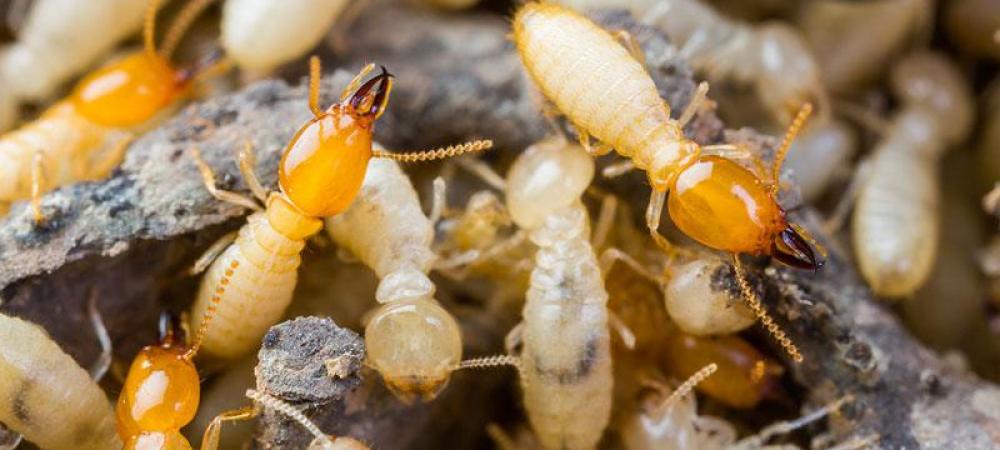The Basics of Termite Pest Control

When it comes to pests, termites are the most destructive. They cause billions of dollars of damage to homes, commercial properties, and historical structures every year. It's important to protect your home from these creatures before they cost you serious money. Understanding termites and knowing how to identify them are crucial in protecting your home.
Colony structure
The termite colony is made up of the queen, soldiers, and workers
- The queen.
Termites are dangerous and reproduce very quickly. The queen can lay more than 2000 eggs per day and live to age 25. Because of this, it's very important that any pest control measures reach the queen.
- The soldiers.
The soldiers are the ones that you will usually notice first. They are the ones that protect all the other termites. They are large with dark heads and strong jaws for biting.
- The workers.
The worker termites are the ones actively destroying your home. They chew wood for their whole lives. These termites are also responsible for building and maintaining the nest. They are a creamy color.
Typical behavior
Understanding termite behavior will help with pest control.
- Where they live.
Termites actually live in a couple of different places. They may be living inside the wood itself, but could also be living under the ground. They need to have a connection to moisture, so they don't dry out.
- They can get into tiny spaces.
Termites don't need much room to get in. If you have a crack in your foundation that is only as thin as a business card, termites will be able to get in.
How to protect your home
There are things that you can do and watch out for to protect your home from termites.
- Look for signs of infestation.
If you have wood that sounds hollow when you tap it, you could have an infestation. Mud tubes on exterior walls and distorted paint over wood are also signs of an infestation. Watch decks and fences for damage.
- Inspect your home.
Look for gaps where termites can enter. Pay special attention to window joints, attic vents, and eaves. Make sure to seal these cracks and gaps.
- Correct problem areas.
Make sure to eliminate moisture and mulch near your house. These areas are very attractive to termites. Keep your downspouts and gutters clean.
- Work with a professional.
A professional can help you find and correct problem areas you have around your home. They can also identify termites accurately and treat your problem quickly to avoid further damage.
Questions about termite pest control? Contact Pest Control Services, Inc. today to schedule an inspection.
